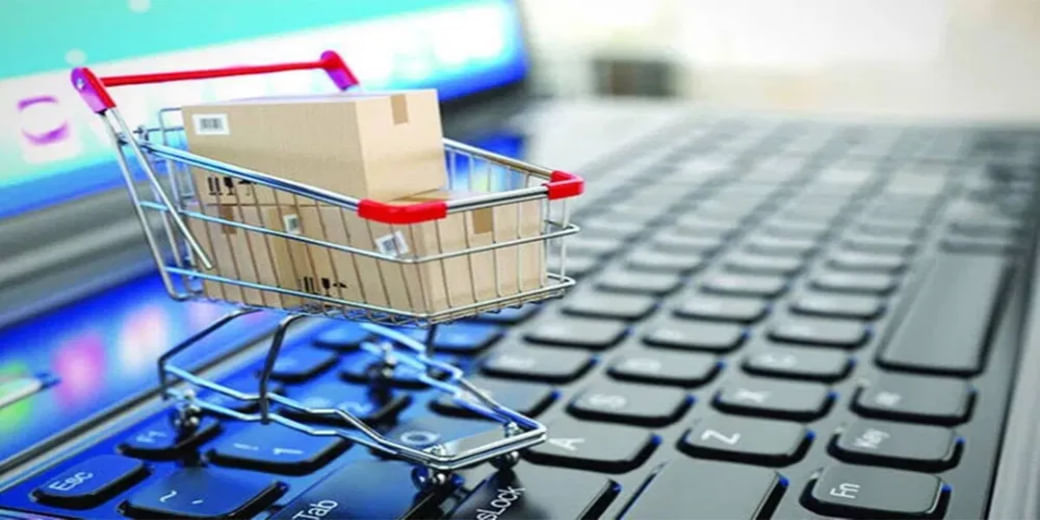Quick comm carving out a larger slice of e-comm pie, says FMCG majors
The trend that took off during the pandemic has not slowed down. FMCG businesses have been reporting steadily brisk growth of sales through ecommerce.

Quick commerce seems to be gaining momentum at an astounding pace in India with FMCG majors such as Parle Products, HUL, Dabur and Adani Wilmar revealing that quick commerce has accounted for 35% of the cumulative e-commerce sales. This rate of growth registered in FY24 is almost double of that in FY23.
The Economic Times has reported that in the last financial year, FMCG sales took place mainly through three routes – neighbourhood grocery outlets (70%-73%), grocery chains (17%-20%) and quick commerce (7%-10%).
In FY23 the contribution of quick commerce was 15-18%.
Quick commerce is contributing about 30% of the e-commerce sales of Dabur, its CEO has said.
The trend that took off during the pandemic has not slowed down. FMCG businesses have been reporting steadily brisk growth of sales through ecommerce. Modern grocery retail chains and general grocery stores can next in the pecking order. FY24 witnessed the trend becoming more entrenched.
Enthused by the growing trend, Flipkart has announced to foray into the quick commerce segment.
“Quick commerce is about a quarter to a third of our ecommerce sales at the moment, but growing much faster. We are gaining share in quick commerce and in e-commerce… and, of course, we have to do more there because this channel is showing signs of continued growth,” MD of HUL Rohit Jawa told analysts recently.
Parle Products vice-president Mayank Shah told the newspaper that they were quite taken aback by the speed of adoption of quick commerce by the consumers, who are quite unfazed by the extra convenience fee. Quick commerce companies such as Zepto, Swiggy, Blinkit and BB Now are feeling encouraged to step into newer markets.
The rise of quick commerce is aided by and points to the fact that time is becoming more and more precious and if people could save time many would not mind paying an extra buck. Incidentally, discounts have declined recently.
Brand specialist Santosh Desai interprets it as a new value equation that many consumers have struck. “For more and more consumers, the convenience cost charged by quick commerce is much lower than planning a shopping trip or ordering in advance,” Desai told the newspaper.
Predictably, the increasing adoption has pushed adrenaline into the veins of the entities. Zomato is fast beefing up its quick commerce business Blinkit. By March 2025, it is targeting a network of 1,000 warehouses from where it dispatches different items to consumers. The strength of these warehouses stood at 526 at the end of March this year.
While Blinkit is present in 26 cities and it has chosen cities such as Bengaluru, Mumbai and Hyderabad for quick expansion.
No wonder FMCG bosses are warming up to the rise of this new channel of distribution. “We want to get in with Swiggy, Zomato (Blinkit), Zepto all those coming and opening up the towns, one after the other, in urban India. That presents a big opportunity,” Dabur India CEO Mohit Malhotra told analysts in early May.
Sales growth through ecommerce for FMCG companies has been two to three times more than the growth they have recorded through modern trade channels. E-commerce sales for Tata Consumer Products grew 35% but that for modern trade was merely 9%.
The contribution of modern trade to overall sales was stagnant at 14% for Tata Consumer Products but revenue through e-commerce increased from 9% in FY23 to 11% in FY24.
Adani Wilmar managing director Angshu Mallick concurred. Mallick conceded that quick commerce is pushing the overall e-commerce pie for FMCG companies. “In fact, there are consumers who are now ordering every half an hour. Our fastest-moving items in quick commerce are packs of mustard oil, sunflower oil and atta,” revealed Mallick.
MNC Nestlé said in its latest investor presentation that e-commerce contribution to domestic sales has grown an astounding five times in the last five years from 1.3% in 2018 to 6.8% till March 2024. Quick commerce was a significant driver of the e-commerce pie.

